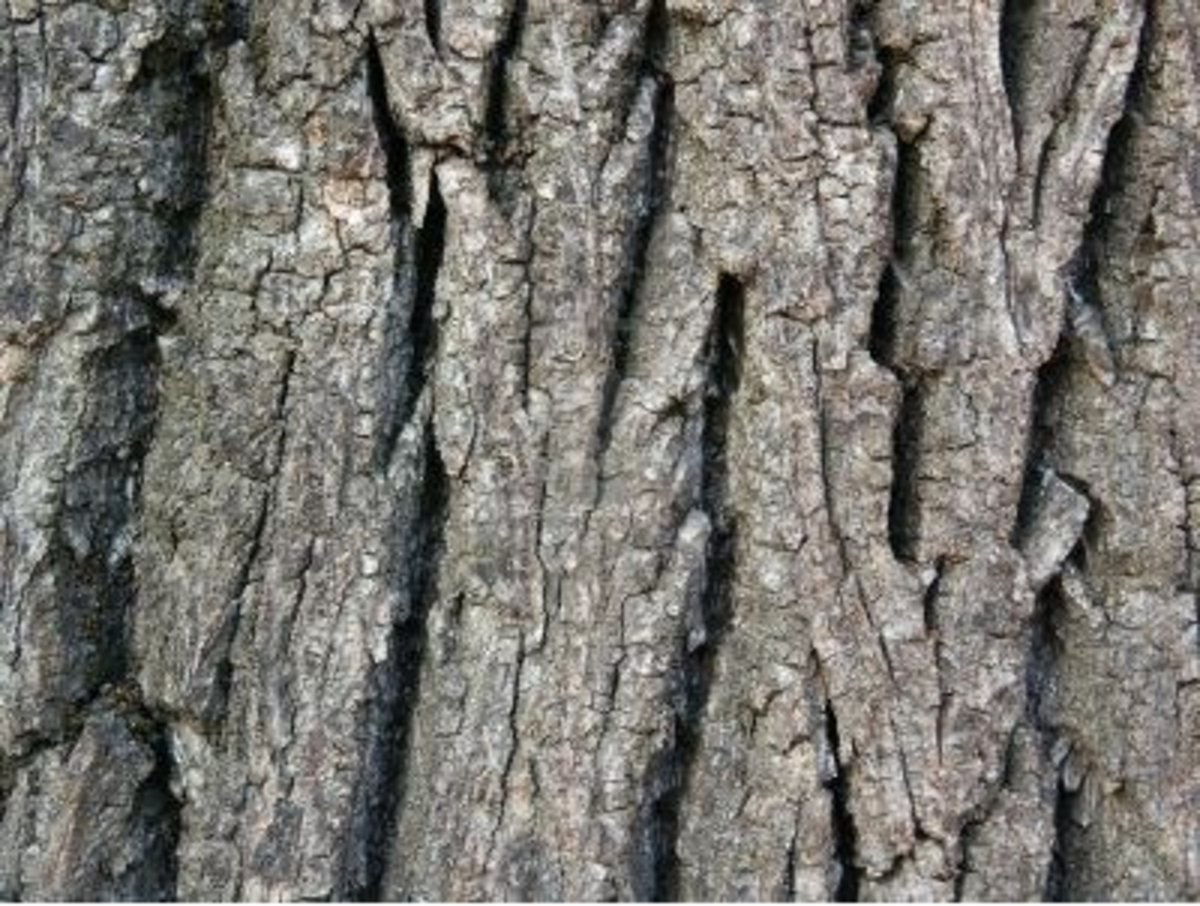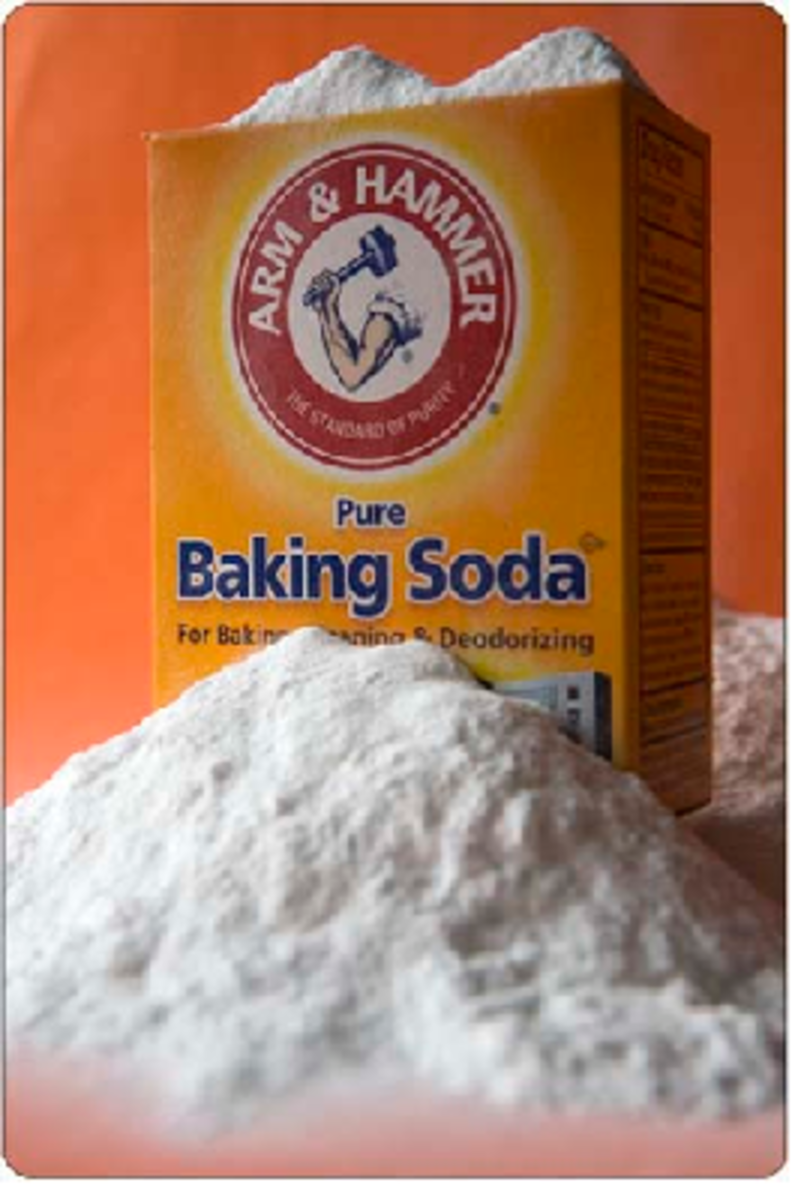The Fine Line Between Caring and Codependence
The first thing that comes to mind when we hear the term “codependent” is usually an abusive boyfriend-girlfriend relationship. However, this is not always the case. Believe it or not, most codependent relationships are between a parent and child, not romantic partners. In a codependent parent-child relationship, the lines between protective and obsessive, engaged and over-involved are often blurred beyond recognition. The caregiver/care-receiver nature of a parent-child relationship makes codependency particularly difficult to detect.
1. The Codependent Parent Has a Victim Mentality
We all face obstacles in life, but the codependent parent believes that the other people in their life, particularly their children, owe them penance for the wrongs committed against them. Often this manifests in guilt-tripping behavior intended to garner sympathy from the child for negative experiences the parent has been through, with the end goal of altering the child’s behavior in a way that will somehow set things right.
This is where the problems begin. Rather than dealing with the traumas and difficulties in their own life through healthy means such as self-reflection and therapy, the codependent parent latches onto a child and demands compensation.
Compensation can take many forms. Many times a codependent parent will live vicariously through a child. For example, a mother who got pregnant in her teen years may demand repayment of the burden she faced by putting expectations on her daughter to seize advantages in life that she missed out on. A codependent father may demand that his son excel in sports to make up for his own lack of athleticism in childhood. If the child shows signs of taking their own path in life, the parent will use guilt to manipulate them into compliance.
“
Rather than dealing with the traumas and difficulties in their own life, the codependent parent latches onto a child and demands compensation.
2. The Codependent Parent Is Never Wrong
In normal relationships, one party is right some of the time but never all of the time. In a codependent parent-child relationship, the parent is always right. Even when the child is an adult, the parent will refuse to approach an argument or even a simple discussion with openness to the possibility of being wrong. Instead, they will seek to impose their own view of the situation and “correct” the adult child, as opposed to engaging in a discussion where neither party is presumed right by default.
So rather than listening to the child's feelings and problems and learning about the child's personality and way of being in the world, every situation becomes a threat to parent's authority.
Even if it becomes apparent that the codependent parent is wrong, they will not apologize—or, if they do, it will come off as forced or insincere. The codependent parent requires absolute dominance over the child, and any admission of wrongdoing on their part would be a sign of weakness and an invitation to challenge their dominance in the relationship.
“
In a codependent parent-child relationship, the parent is always right.
3. The Codependent Parent Is Overly Emotional
People sometimes end up crying, yelling, and giving others the silent treatment, but the codependent parent has refined these acts into an art form. When they feel that they are losing control of a situation or the upper hand in an argument, they will resort to crying, screaming, and other acts of intimidation to restore the balance in their favor. If called out on this manipulation tactic, the codependent parent will often accuse the child of being callous or insensitive, or feign ignorance altogether.
If the child cries or expresses hurt or anger, the codependent parent may get unusually angry and claim that the display, no matter how genuine, is insincere and being used to manipulate when, in reality, they are upset that their tactic is being turned around on them.
“
The codependent parent has refined crying, yelling, temper tantrums, and silent treatments into an art form.
4. The Codependent Parent Never Listens
Many children of codependent parents complain that speaking with their parent is like “talking to a brick wall.” In fact, one doesn’t speak with a codependent parent as much as to them. No matter how valid the argument, the codependent parent will not be moved in their position. Instead, even when presented with irrefutable facts that would cause a normal person to reconsider and reevaluate their position, the codependent parent will either refute the facts or move onto a different argument without addressing the point being made.
“
Speaking with a codependent parent is like “talking to a brick wall.”
5. The Codependent Parent Parrots Words and Phrases
Instead of listening to the child's feelings, a codependent parent will parrot, mirror, or mimic them. If the child claims that the parent is hurting their feelings, for example, the codependent parent will, perhaps seconds or even hours later, return with, “You’re hurting my feelings!” Whatever concern the child expresses, the codependent parent will find a way to turn it around and regurgitate it as their own, thus reversing the defensive and offensive roles in the conversation. If called out on this behavior, the codependent parent will ignore it, become angry, or act bewildered and confused.
“
The codependent parent will find a way to appropriate the child's feelings and present them as their own, thus reversing the defensive and offensive roles in the conversation.
6. The Codependent Parent Has Mood Swings
Drastic mood swings can happen over a couple of minutes or a couple of days, but the codependent parent has the ability to rapidly shift from one mood to another. This is especially true when their manipulation tactics have succeeded in garnering the child’s acquiescence. The codependent parent may be yelling and screaming one moment, but once they get their way, they may be exuberant. Conversely, they may sulk in an effort to rebuff any guilt as a result of their power play.
For example, a mother screaming at her son for not calling often enough may eventually get him to give in and promise to call more. Once she attains what she wants, in an effort to keep her victory and her role as the victim, she may say something like, “No, never mind. I don’t want you to call. You’ll just be doing it because you have to.” Then, the son will not only have to call more, but ensure her that this is what he truly wants to do of his own free will, thus absolving her from any responsibility and guilt.
“
The codependent parent will rapidly shift from one mood to another in order to avoid responsibility and guilt.
7. The Codependent Parent Must Maintain Control at All Costs
Control is the end goal of all codependent parents. Most codependent parents expect a level of devotion and love from their children that is unhealthy and unnatural, intended to make up for that which they lack in other relationships. Often the codependent parent wishes to garner from their child the love and/or attention they failed to receive from their own parents. This creates a dramatic role reversal of the parent-child relationship and turns it into a vampiric dynamic rather than a mutually beneficial one.
Whatever it is that the codependent parent seeks to gain by controlling the adult child, when it becomes clear that they won’t succeed, a meltdown will often ensue. If the parent controls with guilt by appearing frail and playing the victim card, they may become suddenly venomous and aggressive when the adult child refuses to give them what they want. Conversely, a codependent parent who controls through subtle manipulation and passive-aggression may suddenly become dominant and plainspoken.
It is important to remember that these dramatic shifts in the face of lost control are not a mood swing or an “episode.” Instead, the codependent parent is revealing their true nature as opposed to the façade they must maintain in order to keep things going their way. Once there is no hope of getting their way, this façade will become useless and be easily stripped away.
“
Often the codependent parent wishes to garner from their child the love and/or attention they failed to receive from their own parents.
8. The Codependent Parent Manipulates – Subtly
The most effective form of manipulation is the kind that you can never be called out for directly. Examples include the silent treatment, passive aggressive comments, denial of wrongdoing and projection, among others. The codependent parent will leave the child in a state of confusion, wondering who really is “the bad guy.”
Often, the parents will be genuinely unaware of their own manipulation. Many codependent parents truly believe that they are doing what’s in their child’s best interest and execute some of the most unsettling control tactics and manipulative power plays with simultaneous mastery and obliviousness. In fact, when called out on their manipulation with specific examples, the codependent parent will often be genuinely and deeply hurt and bewildered.
In fact, the codependent parent does not usually manipulate because they wantto; they manipulate because they have to. They simply don’t know any other way to communicate with the adult child who is beyond their direct control. Thus, they will manipulate with finances, emotion, guilt, and any other tool at their disposal to maintain the imbalance of the codependent relationship.
“
Examples of things codependent parents will use to subtly maintain power:
guilt trips,
the silent treatment,
passive-aggression,
withholding (of money, time, or affection),
denial of wrongdoing,
and projection, among others.
So You Have a Codependent Parent... What Should You Do?
This is not an exhaustive list, but it does cover the basic signs and symptoms of codependency to watch out for. In my experience with my own codependent parent, many of these are hard to recognize but, on closer inspection, they deviate significantly from the norms of a healthy parent-child relationship.
There is no single, quick, or easy way to deal with a codependent parent. It depends on the individuals as well as the severity of the codependency within the relationship. In some cases, the only thing the adult child can do is sever ties with the codependent parent completely. In others, carefully imposed boundaries, discussion, and family therapy can be used to maintain a healthy relationship for both parties.
“
Many codependent parents truly believe that they are doing what’s in their child’s best interest.









